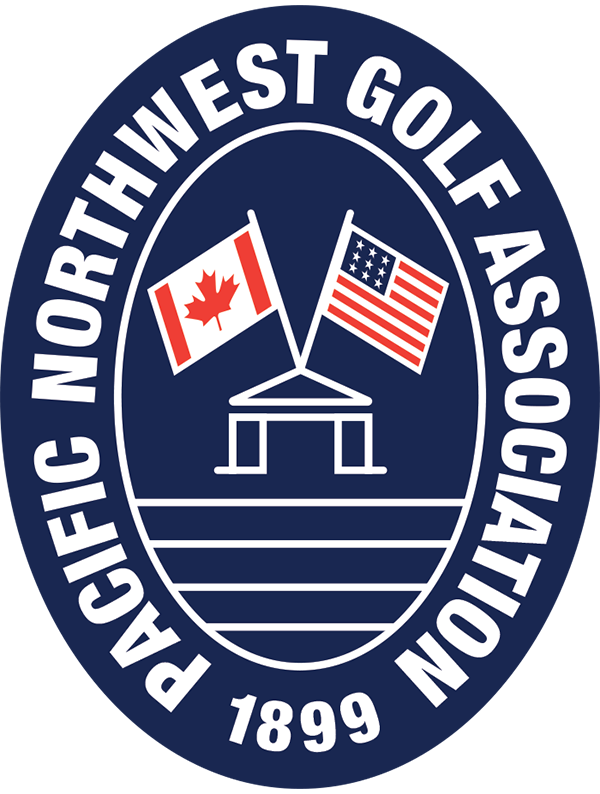Is the Northwest the new hotbed of golf?
Given the performance of Adam Hadwin, Adam Svensson, Nick Taylor and Andrew Putnam this year, you might think so
by Jim Sutherland
A funny thing happened at this year’s WGC Dell Match Play event, held last month at Austin (Tex.) Country Club.
Not the way that Rory McIlroy and Scottie Scheffler were dismissed by a couple of up-and-comers in the semifinals. That sort of thing is par for the course (if you’ll forgive a golf cliche in an article about golf).
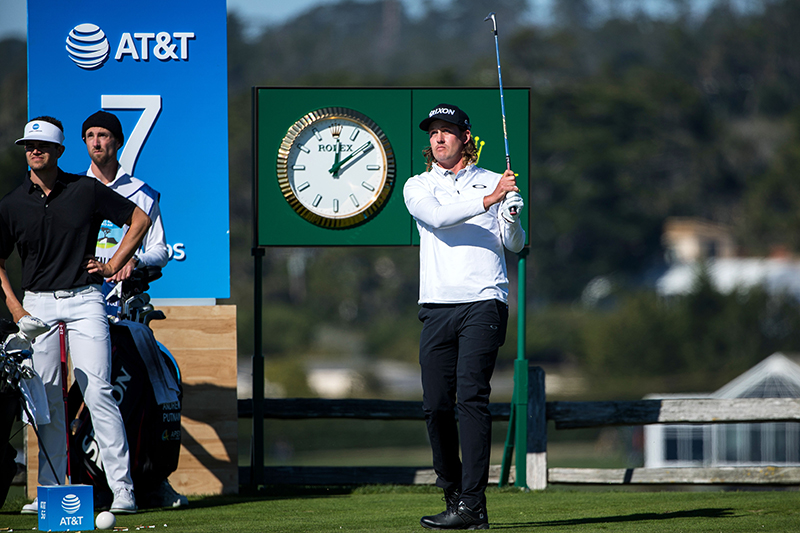
No, it was the presence in the ultra-elite 64-man field of a mere five players from continental Europe, population about 600 million, versus three from B.C., population about five million. Throw in Andrew Putnam from across the border in Tacoma – joining British Columbians Adam Hadwin, Nick Taylor and Adam Svensson – and one has to wonder if the region isn’t golf’s new hotbed.
Although, should we be surprised? Taylor, Putnam and Svensson were all selected as regional Players of the Year during their days as amateurs – Taylor as PNGA Men’s Player of the Year in 2008 and 2009; Putnam as the 2010 WA Golf Men’s Player of the Year; and Svensson as the 2012 PNGA Junior Boys’ Player of the Year, and 2014 PNGA Men’s Player of the Year.
Is there a clear explanation why a professional event featuring only players in the top 70 of the World Golf Rankings should include four who grew up within commuting distance of each other? Probably not, but that didn’t stop us from going straight to the source by asking Hadwin and Taylor.
In the case of those two, there is an explanation of sorts. They were part of a charmed cohort that also included the slightly older James Lepp, who won the NCAA Division I championship in 2005 while playing for the University of Washington. Lepp was also twice named the PNGA Men’s Player of the Year, in 2003 and 2005.
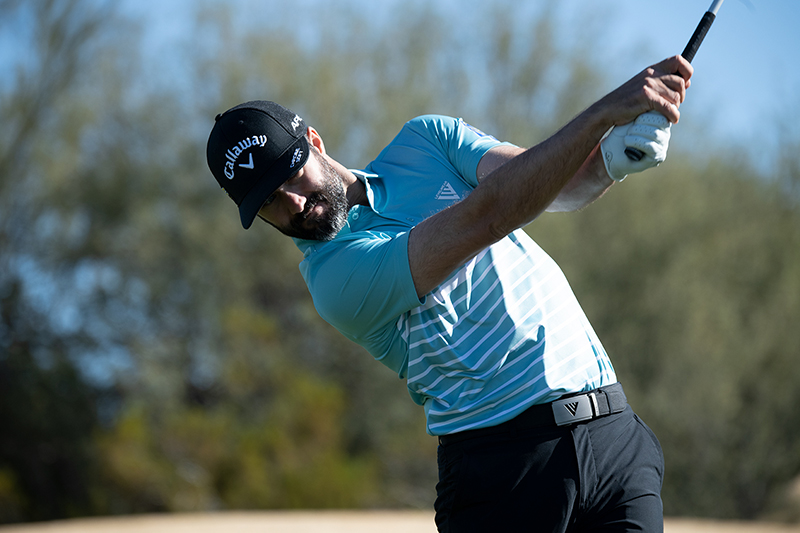
The three grew up hanging out at Abbotsford’s Ledgeview Golf Club, where Hadwin’s now-retired dad, Gerry, ran the place. Anywhere else they would have qualified as range rats, except that Ledgeview’s range is so short, elite players are restricted to mid-irons.
So, instead they played the course, over and over again, and quite the course it is, only 6,100 yards long, but with so much elevation change, and so many short but intricate holes, that every facet of a player’s game is challenged.
Like Lepp before them, Hadwin and Taylor, went to U.S. universities on golf scholarships, Hadwin to the University of Louisville, where he was an All-America Honorable Mention in 2009; Taylor following in Lepp’s footsteps at the University of Washington, where he reached No. 1 in the World Amateur Golf Rankings after finishing tied for 36th in the 2009 U.S. Open.
For all of that, both Hadwin, now 35, and Taylor, 34, stress that converting bright futures into long pro careers is exceptionally difficult, and that the current situation is a product of both intention and randomness. “There’s a bit of ebb and flow,” says Hadwin.
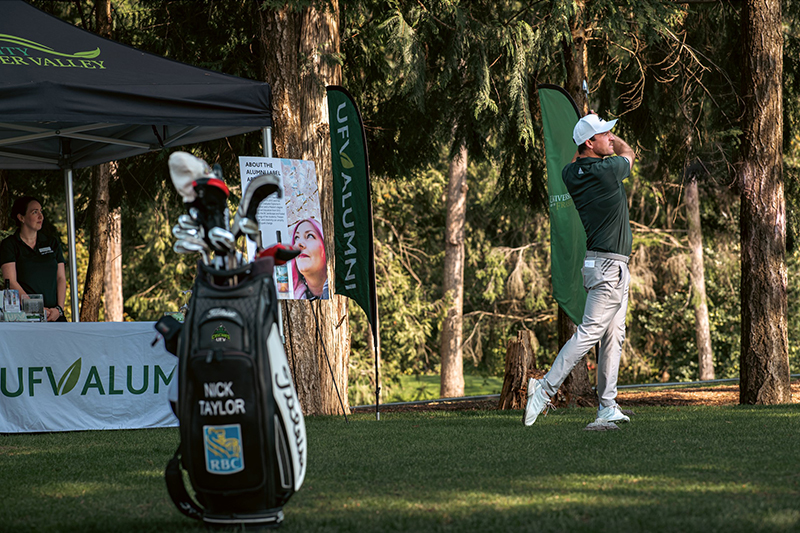
In fact, B.C. had a similar moment during the 1980s and early 1990s, with Dave Barr, Jim Nelford, Richard Zokol, Dawn Coe-Jones, Jennifer Wyatt and Lisa Walters contending and winning on PGA and LPGA tours, and a slew of others nibbling away just below them.
But it’s the intention that matters more. Each of the two bring up that they’ve benefited from Golf Canada’s high performance program, along with others of their generation. Heading into Masters week, Canadians had won three of 24 PGA Tour events, while holding down four of the top 25 spots on the FedExCup leaderboard, including Svensson at 14 and Taylor at 24. Meantime, Brooke Henderson of Ontario sat seventh on the LPGA’s Race to CME Globe and has finished in the top 10 every year but once since 2016.
Intention translates mostly as work. Hadwin himself is blessed, or perhaps that’s cursed, with a game that has no obvious weaknesses. On tour, he’s won only once but routinely notches enough top 10s and 25s to finish the year inside the top 50, while ranking higher than that in almost all statistical categories, as is once again the case this year.
So, what does such a player even work on? Well, everything, though at the moment he’s concentrating on his putting, and concerned that his irons aren’t razor sharp. “You’re not searching for a shot,” he says. “You’re searching for a quarter of a shot.”
Until this year, Taylor was in a different category, a one-time phenom with enough natural ability to make lots of cuts and win twice on tour, but who, season after season, struggled to retain his card.
Part of the problem was putting. Most years he finished outside the top 100 in strokes gained. So, he found himself a new caddie and short-game coach, switched to a variation on the claw grip, adjusted his posture, and this year he’s inside the top 50 in putting. “I had a lot of rotation with my old stroke,” he says. “I’ve just narrowed it down, made it more consistent.”
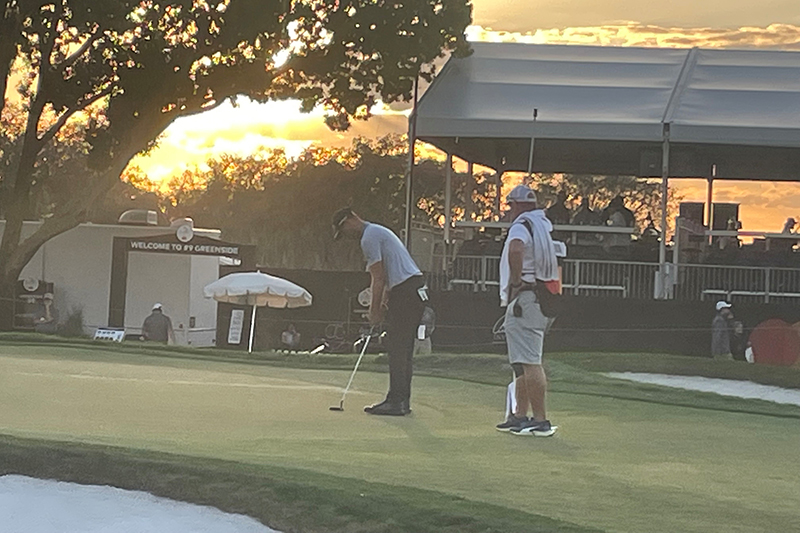
Putnam himself has been focusing on his putting, which has made a large difference in his game as well. (Watch the video in which Andrew Putnam discusses his two putting drills.)
At 29, Adam Svensson is half a decade younger than Hadwin and Taylor, and grew up in south Surrey, a half-hour away, but there is some overlap, especially with Taylor. For one thing, he’s another phenom with a swing that inspires awe. And he, as well, might have had a chance to reach the pinnacle of amateur golf, had he not turned pro shortly after winning seven of nine tournaments during his sophomore year at Barry University.
Also, like Taylor, Svensson found it a challenge to parlay his perfect swing into professional success, in large part due to mediocre putting. However, he too has turned that around this year, making roughly the same jump as Taylor, from the 100 range to top 50 in strokes gained.
“I’ve known Adam for a long time,” says Taylor. “We had the same coach growing up, Rob Houlding.” Svensson, he thinks, is only just beginning to put it all together. “He’s always had the potential.”
And there you have it. No, there isn’t a completely tidy explanation for this golden moment. But there’s lots of optimism that it’s going to continue.
Jim Sutherland is a former editor of Vancouver and Western Living magazines in British Columbia who amuses himself by writing humorous novels with a golf connection, including Snap Slice (2013) and Good Grief (2020), both set in the Pacific Northwest and available on Amazon.
